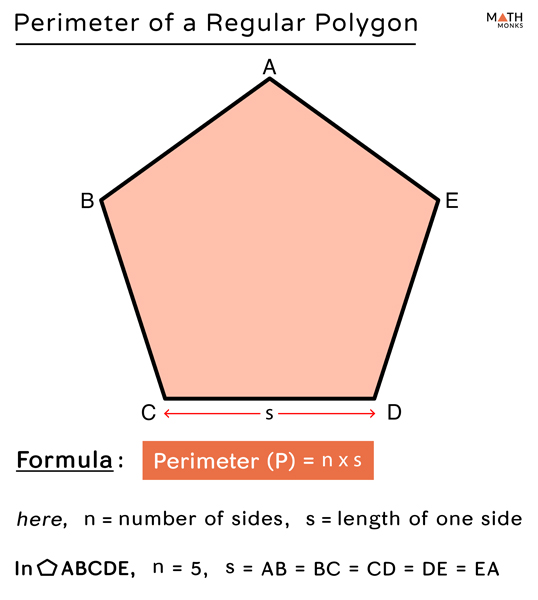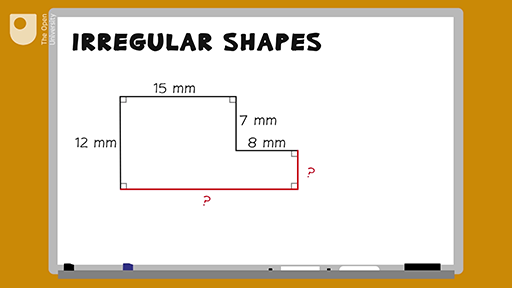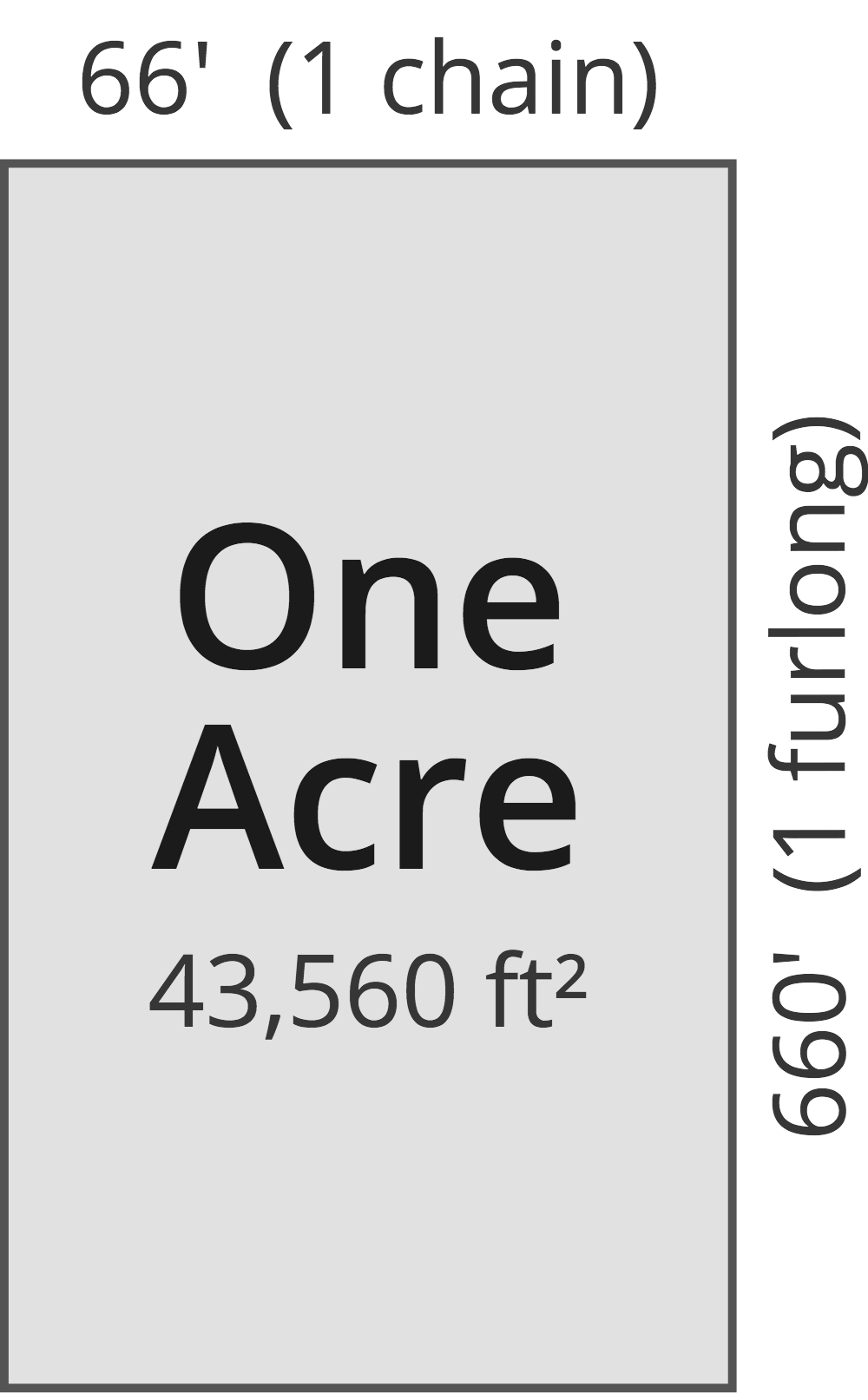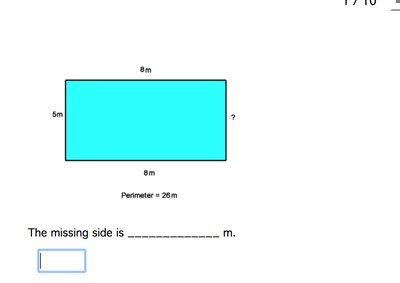Topic how do i find the perimeter of a square: Discover the easiest ways to find the perimeter of a square in this comprehensive guide. Learn step-by-step methods using side lengths, diagonals, and area to calculate the perimeter. Whether you're a student, teacher, or math enthusiast, this article will help you master the concept and apply it confidently.
Table of Content
- How to Find the Perimeter of a Square
- Table of Contents
- Introduction to Perimeter of a Square
- Basic Formula for Perimeter of a Square
- Calculating Perimeter Using Side Length
- Calculating Perimeter Using Diagonal
- Example Problems and Solutions
- Common Mistakes to Avoid
- Practical Applications
- Frequently Asked Questions (FAQs)
- Related Topics and Further Reading
- YOUTUBE: Tìm hiểu cách tính chu vi hình vuông một cách dễ hiểu với sự hướng dẫn của Thầy J. Hãy khám phá các bước cụ thể và ví dụ minh họa.
How to Find the Perimeter of a Square
The perimeter of a square is the total distance around its boundary. Since all four sides of a square are equal, the perimeter can be calculated using a simple formula.
Formula
To find the perimeter (P) of a square with side length (a), you can use the following formula:
\( P = 4 \times a \)
Examples
- If one side of a square is 5 cm, then the perimeter is \( 4 \times 5 = 20 \) cm.
- For a square with a side length of 7 inches, the perimeter is \( 4 \times 7 = 28 \) inches.
Finding Perimeter from Diagonal
If the diagonal (d) of the square is known, the side length can be found using the Pythagorean theorem, as the diagonal forms a right-angled triangle with two sides:
\( a = \frac{d}{\sqrt{2}} \)
Then, use the side length to find the perimeter:
\( P = 4 \times \frac{d}{\sqrt{2}} = 2\sqrt{2} \times d \)
Example
For a square with a diagonal of 10 cm, the side length is:
\( a = \frac{10}{\sqrt{2}} = 5\sqrt{2} \approx 7.07 \) cm
Thus, the perimeter is:
\( P = 4 \times 7.07 \approx 28.28 \) cm
Finding Perimeter from Area
If the area (A) of the square is known, the side length can be calculated as:
\( a = \sqrt{A} \)
Then, use the side length to find the perimeter:
\( P = 4 \times \sqrt{A} \)
Example
For a square with an area of 36 square meters, the side length is:
\( a = \sqrt{36} = 6 \) meters
Thus, the perimeter is:
\( P = 4 \times 6 = 24 \) meters
Practice Questions
- What is the perimeter of a square with a side length of 8 cm?
- If the area of a square is 49 square inches, find its perimeter.
- The diagonal of a square is 14 cm. What is the perimeter?

READ MORE:
Table of Contents
- Introduction to Perimeter of a Square
- Basic Formula for Perimeter of a Square
- Calculating Perimeter Using Side Length
- Calculating Perimeter Using Diagonal
- Example Problems and Solutions
- Common Mistakes to Avoid
- Practical Applications
- Frequently Asked Questions (FAQs)
- Related Topics and Further Reading
Introduction to Perimeter of a Square
The perimeter of a square refers to the total length of its boundary. It's a fundamental concept in geometry and is essential for various mathematical and real-world applications.
To understand the perimeter of a square, it's important to grasp the concept of a square itself. A square is a four-sided polygon with all sides of equal length and all angles measuring 90 degrees.
When we talk about the perimeter of a square, we're essentially measuring how much fencing would be needed to enclose the square completely.
The perimeter of a square can be calculated by summing up the lengths of all its sides. Since all sides of a square are equal, we can simplify the calculation by multiplying the length of one side by 4, giving us the formula:
Understanding the perimeter of a square lays the foundation for more complex geometric concepts and problem-solving skills. It's a concept that finds applications in various fields such as architecture, engineering, and construction.
Basic Formula for Perimeter of a Square
The basic formula for calculating the perimeter of a square involves a straightforward mathematical approach. Since a square has four equal sides, we can simply add up the length of all four sides to find its perimeter.
Mathematically, the perimeter (P) of a square can be expressed as:
Where:
- P represents the perimeter of the square.
- side length represents the length of one side of the square.
This formula essentially multiplies the length of one side by 4, as all sides of a square are equal in length. This simplicity makes it easy to calculate the perimeter of a square without needing complex measurements or calculations.
By understanding and utilizing this basic formula, anyone can quickly and accurately determine the perimeter of a square, making it a fundamental concept in geometry and mathematics.
Calculating Perimeter Using Side Length
Calculating the perimeter of a square using the length of its sides is a straightforward process, thanks to the square's symmetrical nature.
Here's a step-by-step guide on how to calculate the perimeter using the side length:
- Determine the length of one side of the square. Let's denote this as
s . - Since all sides of a square are equal in length, we know that the perimeter (P) is the sum of all four sides. This can be represented by the formula:
P = 4 \times s , wheres is the length of one side. - Substitute the value of the side length into the formula.
- Perform the multiplication to find the total perimeter.
By following these steps, anyone can easily determine the perimeter of a square using the length of its sides. This method is efficient and does not require any complex calculations.

Calculating Perimeter Using Diagonal
Calculating the perimeter of a square using its diagonal involves a slightly different approach compared to using the side length.
Here's how you can calculate the perimeter using the diagonal:
- Find the length of the diagonal of the square. Let's denote this as
d . - Recognize that a square can be divided into two right triangles by its diagonal. Each right triangle has a base and height equal to half the length of the diagonal.
- Using the Pythagorean theorem, we can calculate the length of one side of the square (
s ) using the formula:s = \frac{d}{\sqrt{2}} . - Once the length of one side is determined, we can apply the formula for the perimeter of a square:
P = 4 \times s . - Substitute the value of
s into the formula and calculate the total perimeter.
By following these steps, you can accurately calculate the perimeter of a square using its diagonal. This method provides an alternative approach for determining the perimeter and showcases the relationship between the diagonal and the side length of a square.
Example Problems and Solutions
Example problems are a great way to solidify understanding and apply theoretical knowledge to practical situations. Let's explore some example problems related to finding the perimeter of a square:
- Problem 1: Find the perimeter of a square with a side length of 6 units.
- Problem 2: A square has a perimeter of 40 centimeters. Find the length of each side.
- Problem 3: Given the diagonal of a square is 10√2 units, find the perimeter of the square.
Solution: Using the basic formula for perimeter,
Solution: Since the perimeter of a square is the sum of all its sides, and all sides are equal, we can set up the equation:
Solution: Using the formula to calculate the side length of a square from its diagonal,
These example problems demonstrate different scenarios for finding the perimeter of a square and provide solutions to guide understanding and application.
Common Mistakes to Avoid
When finding the perimeter of a square, there are some common errors that learners might encounter. By being aware of these mistakes, you can ensure accurate calculations:
- Forgetting to Multiply the Side Length: The most basic mistake is forgetting to multiply the side length by 4. The perimeter of a square is calculated by multiplying the length of one side by 4, so ensure this multiplication is done correctly.
- Using the Wrong Formula: Confusion might arise when using the formula for the perimeter of a rectangle or another shape. Remember, for a square, it's always side length multiplied by 4.
- Incorrect Measurement of Side Length: Ensure that the side length used in the calculation is accurate. Even a small error in measurement can lead to significant differences in the calculated perimeter.
- Ignoring Units: Omitting units (such as inches, centimeters, etc.) in the calculation or not converting units to match can result in incorrect answers. Always include units and ensure consistency throughout the calculation.
- Confusing Perimeter with Area: It's essential to differentiate between perimeter and area. Perimeter refers to the total length of the boundary of a shape, while area refers to the space enclosed by the shape. Make sure you're calculating the perimeter, not the area.
Practical Applications
Understanding how to find the perimeter of a square has numerous real-world applications across various fields. Here are some practical scenarios where this knowledge is valuable:
- Construction and Architecture: Architects and construction workers use perimeter calculations extensively when designing and building structures. Knowing the perimeter of a square helps in determining the amount of material needed for fencing, paving, or laying foundations.
- Landscaping: Landscape designers often work with square-shaped areas such as gardens or lawns. Calculating the perimeter helps in planning borders, pathways, or installing features like edging or retaining walls.
- Art and Design: Artists and designers use geometric shapes, including squares, in their creations. Understanding the perimeter of a square aids in creating balanced compositions and precise measurements for framing or layout purposes.
- Education: Teachers use practical examples of perimeter calculations to teach geometry concepts in classrooms. Knowing how to find the perimeter of a square enhances students' problem-solving skills and mathematical understanding.
- Property Management: Real estate agents and property managers may need to measure square-shaped areas for various purposes, such as determining property boundaries, assessing lot sizes, or planning landscaping improvements.
- DIY Projects: Individuals engaged in do-it-yourself (DIY) projects at home can benefit from knowing how to find the perimeter of a square. Whether it's building a raised garden bed, installing floor tiles, or constructing a backyard deck, accurate measurements are essential for successful outcomes.

Frequently Asked Questions (FAQs)
Here are some common questions about finding the perimeter of a square, along with detailed answers:
- What is the perimeter of a square?
The perimeter of a square is the total length of its boundary. It is calculated by adding the lengths of all four sides of the square. - How do I find the perimeter of a square?
To find the perimeter of a square, multiply the length of one side by 4. The formula is:P = 4 \times \text{side length} . - Can I use the diagonal to find the perimeter of a square?
While the diagonal of a square can be used to find its perimeter indirectly, it's more efficient to use the side length directly in the perimeter formula. - Why is finding the perimeter of a square important?
Understanding perimeter calculations is crucial in various fields such as construction, landscaping, and design. It helps in determining quantities of materials, planning layouts, and solving real-world problems. - Are there any shortcuts or tricks for finding the perimeter of a square?
One helpful trick is to remember that all four sides of a square are equal in length, so you can simply multiply the length of one side by 4 to find the perimeter.
Related Topics and Further Reading
Understanding the perimeter of a square is a fundamental concept in geometry, and it connects to various other mathematical topics and applications. Below are some related topics and resources for further reading to deepen your understanding:
- Area of a Square: Learn how to calculate the area of a square, which is another important geometric measurement. The formula for the area is
A = \text{side}^2 . This topic helps in understanding the relationship between a square's side length, area, and perimeter. - Diagonals of a Square: Explore the properties of a square's diagonals. The length of the diagonal can be found using the formula
d = \text{side} \times \sqrt{2} . This topic is useful for calculating the perimeter when only the diagonal length is known. - Perimeter of Other Polygons: Extend your knowledge by learning how to find the perimeter of other polygons such as rectangles, triangles, and regular polygons. The general principle of adding the lengths of all sides applies, but the specific formulas differ.
- Pythagorean Theorem: This theorem is crucial in deriving the formula for the diagonal of a square. It states that in a right triangle, the square of the hypotenuse is equal to the sum of the squares of the other two sides:
c^2 = a^2 + b^2 . - Geometry of Circles: Learn about the perimeter (circumference) and area of circles, and how these properties compare to those of squares. The formulas for a circle’s circumference is
C = 2\pi r and area isA = \pi r^2 , wherer is the radius. - Practical Applications of Perimeter: Discover how the concept of perimeter is applied in real-world scenarios, such as fencing a garden, framing a picture, or designing a layout. Understanding perimeter helps in planning and resource management.
- Mathematical Problem Solving: Engage with various problems and puzzles that involve calculating perimeters and other geometric properties. Practice helps in mastering these concepts and improving problem-solving skills.
For further reading and in-depth explanations, consider exploring these additional resources:
Tìm hiểu cách tính chu vi hình vuông một cách dễ hiểu với sự hướng dẫn của Thầy J. Hãy khám phá các bước cụ thể và ví dụ minh họa.
Cách Tìm Chu Vi Hình Vuông | Toán Học Với Thầy J
READ MORE:
Khám phá cách tính diện tích và chu vi hình vuông một cách chi tiết và dễ hiểu. Video này sẽ giúp bạn nắm vững các bước cần thiết và ví dụ minh họa cụ thể.
Cách Tìm Diện Tích và Chu Vi Hình Vuông














